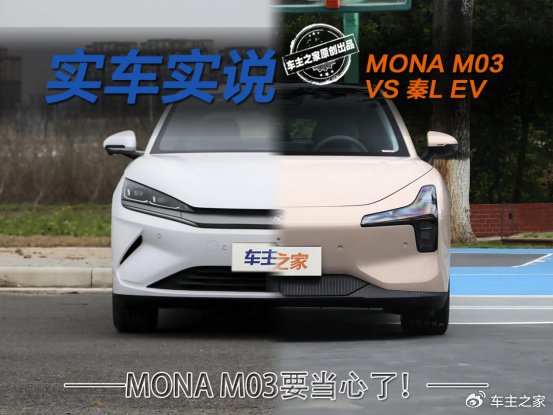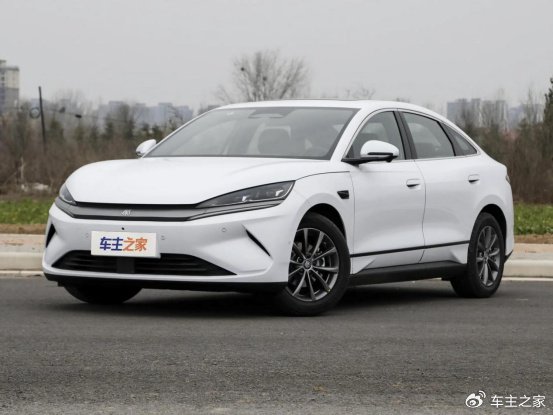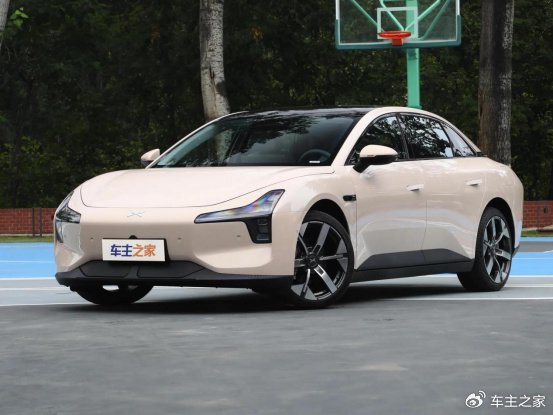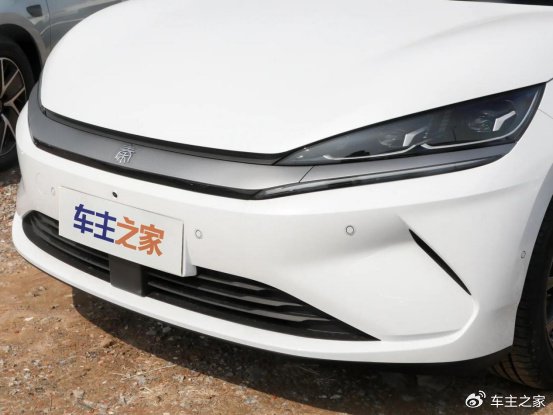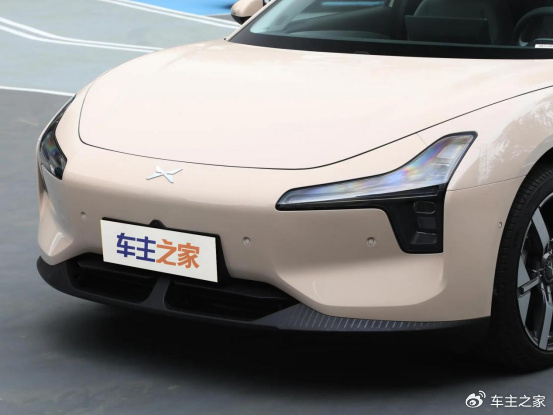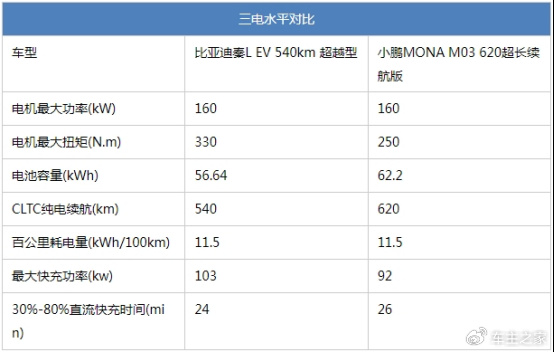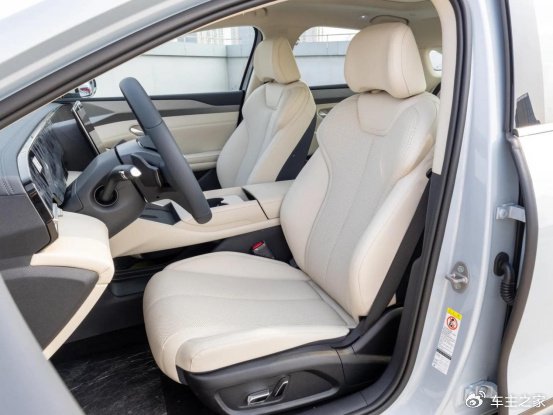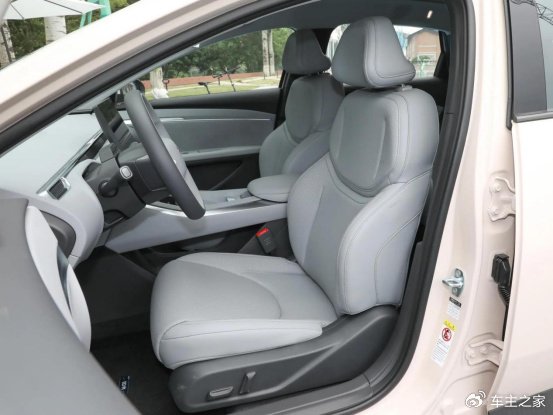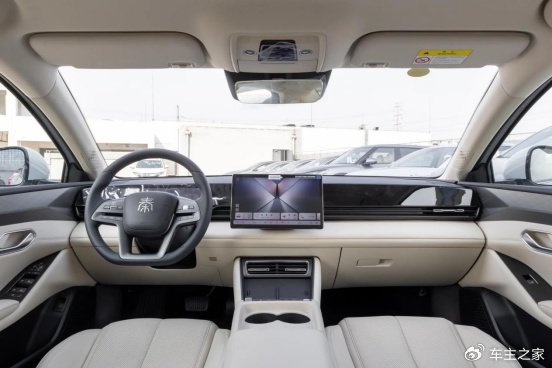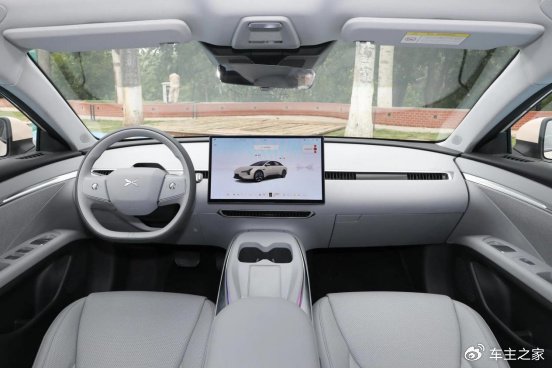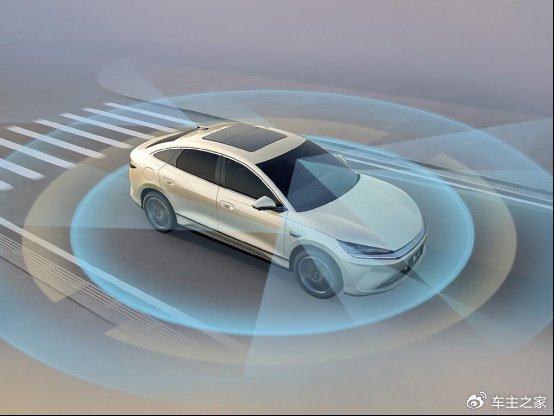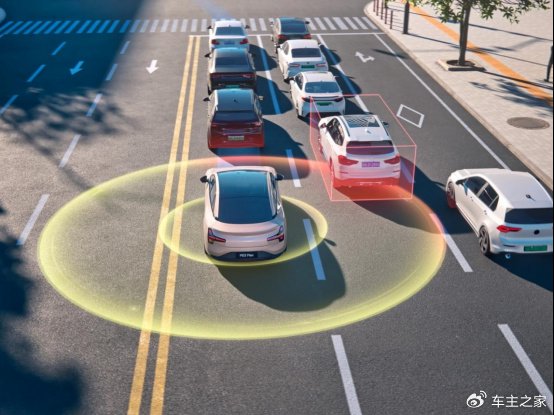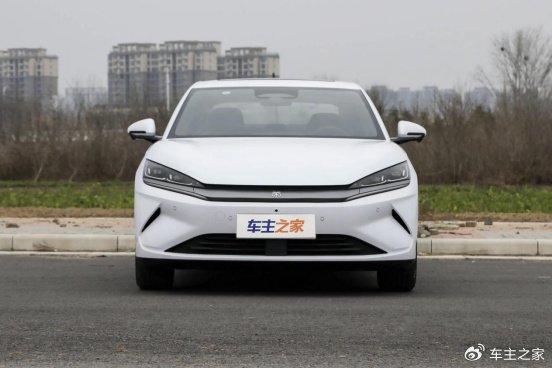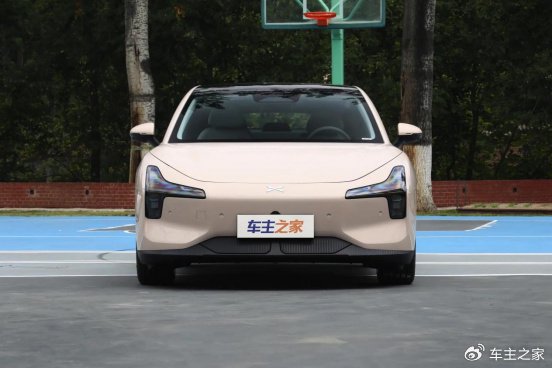Recently, BYD launched the Qin L EV, priced at 119,800 to 139,800 yuan (19200$). It features the advanced Tiangshen Eye C intelligent driving system. The electric consumption reaches as low as 10.8 kWh per 100 kilometers. Smart technology and energy efficiency helped the Xiaopeng MONA M03 sell well at this price. However, with the versatile Qin L EV now available, can the MONA M03 really compete? I think it might not be so clear-cut. Let’s compare and find out.
First, let’s compare the dimensions of the two cars. The Qin L EV is a mid-size car, while the Xpeng MONA M03 is a compact car. They should differ significantly in size. However, the actual data shows a smaller gap. The Xpeng MONA M03 even leads in length and width. Its height is much lower. This results in more headroom and legroom in the rear of the Qin L EV. The Xpeng MONA M03 has a tighter headroom. In terms of cargo capacity, the Xpeng MONA M03 benefits from its longer body and hatchback design. This gives it an advantage in trunk space. The Qin L EV has a trunk volume of 460L. It also features a 65L front trunk and a 35L underfloor space, totaling 560L. So, its cargo capacity is also sufficient.
Next, we compare the electric performance of the two cars. We look at power, range, energy consumption, and charging. These factors directly impact our daily driving. Overall, the Qin L EV outperforms in power and charging speed. Its multi-link independent rear suspension offers a better ride quality than the MONA M03, which has a leaf spring rear suspension. In terms of range, the Xpeng MONA M03 stands out. Both cars use BYD batteries, so the one with the larger battery has a stronger range. For energy consumption, both mid-range versions cost 11.5 kWh per 100 km. The entry-level Qin L EV achieves 10.8 kWh per 100 km. However, its maximum power of 110 kW and torque of 220 N·m are weaker than the mid-range version. Lower energy consumption makes sense. Overall, both cars demonstrate excellent energy efficiency.
Let’s discuss the configurations of the two cars. The Xpeng MONA M03 has better standard features. It includes electric adjustments for the front seats, wireless phone charging, and an electric trunk. Users can also opt for 18 speakers at no extra cost. In contrast, the Qin L EV’s base model has manual adjustments for the passenger seat. Its ventilation and heating features are only available in the top model. None of its models offer an electric trunk. The Qin L EV has advantages too. Every model comes with seven airbags, providing better front-row protection than the six-airbag setup. It also includes a heat pump air conditioning system, which consumes less energy when heating in winter. Additionally, it supports external battery discharge. The top model, the 545 km Excellence version, features W-HUD head-up display, a cooling and heating fridge, and a 50W wireless phone charger. The Xpeng MONA M03 lacks these features.
Let’s compare the smart cabins and smart driving of the two cars. First, the smart cabin. The Qin L EV comes with a 12.8-inch central control screen and the DiLink 100 smart cabin system. The Xpeng MONA M03 features a 15.6-inch central control screen and the Snapdragon 8155 chip. Both cars offer essential cabin functions. They include full-scene voice control, 3D vehicle control, remote vehicle control, and map navigation. BYD stands out with Deepseek, making voice interactions more natural. Xpeng excels in interface design and functionality. It offers 3D-UI human-vehicle interaction, a customizable Dock bar, and even entertainment features like a wooden fish sound.
Next, in smart driving, the Qin L EV comes standard with the advanced Tian Shen Zhi Yan C. It supports high-speed HOA and all-scenario smart parking. The Xiaopeng MONA M03 features standard XPILOT smart driving assistance. It supports ACC adaptive cruise control, LCC lane centering assistance, and all-scenario smart parking. Both offer impressive capabilities. Unfortunately, it faces competition from BYD, which popularized smart driving this year.
However, the MONA M03 excels in upper limit capability. The 580 ultra-long-range MAX version features the same P7+ Turing AI driving system. It supports high-speed and urban NGP, along with full-scene smart parking. According to BYD’s classification, this matches the level of the God Eye B. The issue lies in the price. At 155,800 yuan (21400$), it feels a bit expensive for consumers in this segment. It suits customers looking for something new. Summary:
Overall, the Qin L EV excels in space, power, and chassis. It features the standard Tian Shen Zhi Yan C smart driving system. It also includes a rare cooling and heating fridge at this price point. The product strength is impressive. However, the Xpeng MONA M03 has its advantages. It offers greater loading capacity and longer range. Its overall configuration is better, and it has a higher smart driving capability than the Qin L EV. Ultimately, it comes down to personal preference. Choose the Qin L EV for space and a more stable image. Opt for the Xpeng MONA M03 for longer range and a younger image. Both cars are great for daily use, so either choice is valid.
